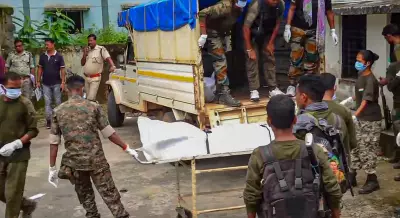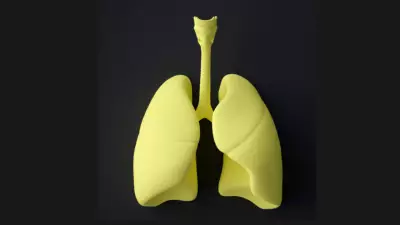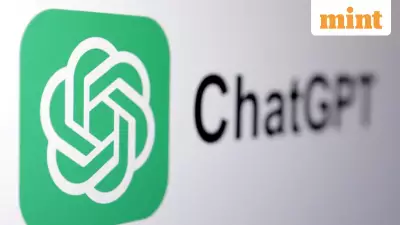Politics
3 Naxalites, Including Woman, Killed in Sukma Encounter with Security Forces
A woman among three Naxalites was killed in an encounter with security forces in Chhattisgarh's Sukma district on December 18. Police confirm the operation was based on specific intelligence.
Business
5 Breakout Stocks to Buy Today: Expert Picks Amid Flat Market
Sensex ends flat with negative bias. Choice Broking's Sumeet Bagadia recommends 5 technical breakout stocks to buy today - Pricol, Sansera, Blue Star, Jindal Stainless, Automotive Axles. Check targets.
World
Russia Deploys Oreshnik Hypersonic Missiles in Belarus, Escalating NATO Tensions
Russia deploys new Oreshnik hypersonic missiles to Belarus, escalating tensions with NATO as Ukraine seeks urgent EU support. Read the full analysis of the geopolitical risks.
Entertainment
Influencer Ash Trevino Arrested in Texas on Felony Warrants, Released on Bond
Social media influencer Ash Trevino was arrested in Venus, Texas, on active felony warrants. She was released on bond and plans to fight the charges. Get the full story.
Sports
Lifestyle
Health
Takeda's Oral Psoriasis Drug Succeeds in Late-Stage Trials
Takeda's oral drug zasocitinib, discovered using AI, showed high efficacy in psoriasis trials, boosting its stock. Could be a game-changer for millions. Read the full analysis.
Winter Lung Health: Quit Smoking, Manage Cancer Pain
As winter worsens breathing, learn how Nicotine Replacement Therapy (NRT) helps India's 267 million tobacco users quit and aids lung cancer patients in pain management. Consult your doctor today.
Mira Kapoor's 1.5 kg weight loss after gut detox
Mira Kapoor shares her gut health detox journey, losing 1.5 kilos. She highlights potli massage, sound healing, and why sleep is crucial for wellness. Expert insights included.
Delhi Air Pollution: 40% Want to Move Out
A shocking survey of 17,000 Delhi residents finds 4 in 10 want to leave the city due to severe air pollution, which cuts life expectancy by 8.2 years and costs the economy billions. Read the full report.
8 Dry Fruits to Boost Winter Immunity
Strengthen your immune system this winter with these 8 nutrient-dense dry fruits. Expert tips on almonds, walnuts, dates, and more for sustained energy and warmth.
Technology
Get Updates
Subscribe to our newsletter to receive the latest updates in your inbox!
We hate spammers and never send spam









































